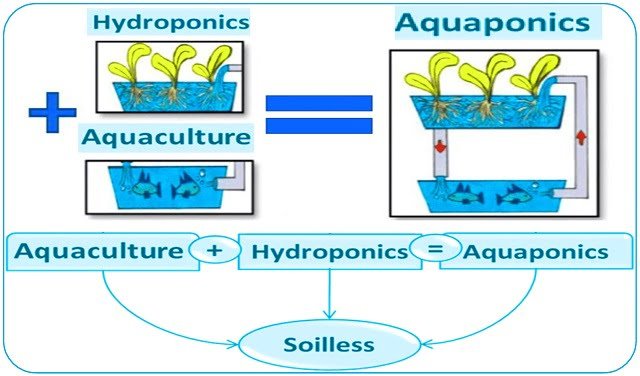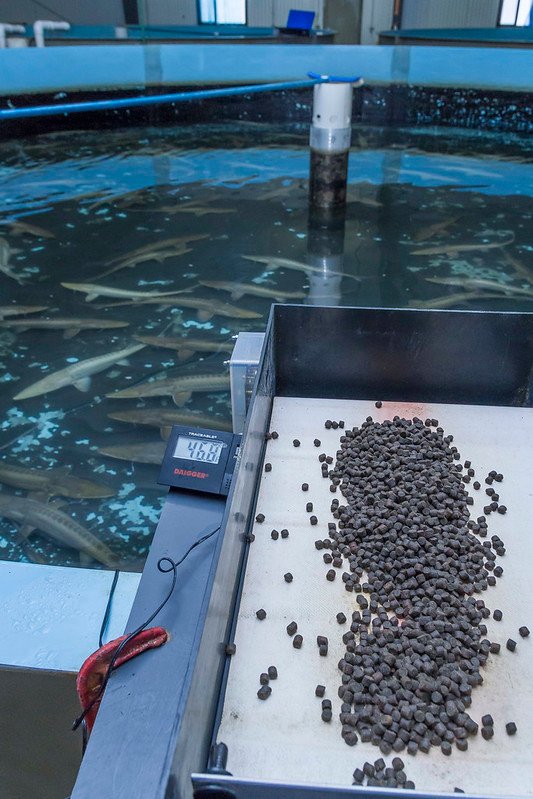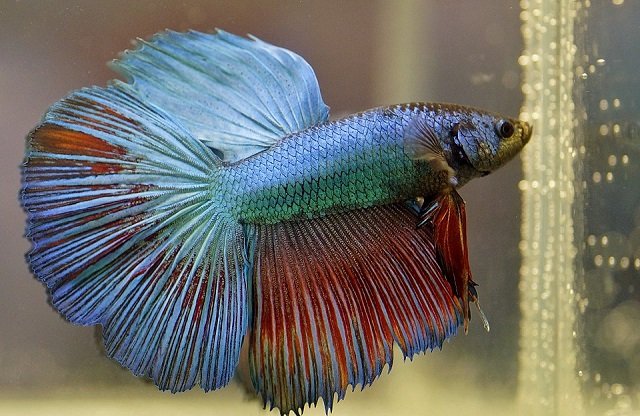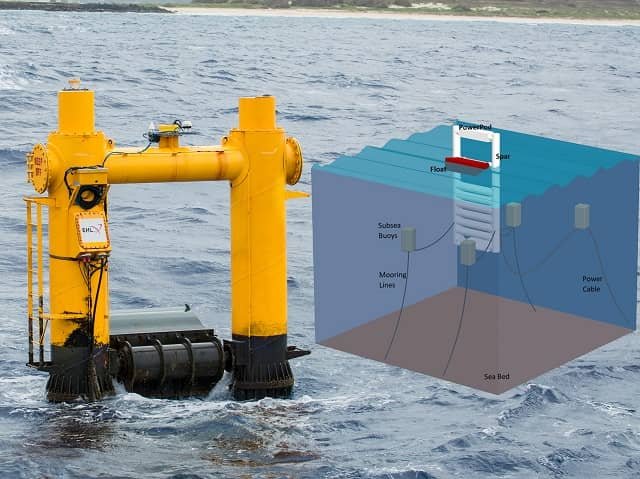
The Australian aquaculture sector is facing increasing pressures from operating costs, regulatory requirements, and the demand for sustainable practices. Current energy solutions, which rely heavily on diesel generators and an unreliable power grid, present limitations in terms of cost, emissions, and reliability.
To address these challenges, the AquaGrid project, funded by the Fisheries and Research Development Corporation (FRDC), explored the integration of wave energy into microgrid systems, providing a sustainable and scalable solution for aquaculture’s energy needs.
The Potential of Wave Energy
Wave energy offers consistent renewable power that complements solar energy and other energy sources. By harnessing the abundant wave resources along Australia’s coast, the AquaGrid project demonstrated how integrating wave energy into microgrid systems could reduce emissions, lower operating costs, and enhance energy reliability.
Project Objectives and Methodology
The AquaGrid project, executed by Climate KIC Australia in partnership with the Australian Ocean Energy Group (AOEG), aimed to design and optimize a hybrid energy microgrid for Southern Ocean Mariculture (SOM), an abalone farming company located near the Victorian coastal town of Port Fairy. The key objectives included:
- Co-design Methodology: Documenting the process of creating an integrated ocean renewable energy microgrid system tailored to aquaculture operations.
- Development of an Industry Guide: Producing a non-technical guide to assist aquaculture operators in developing similar systems, including a decision-making tool to assess microgrid suitability for specific sites.
- Implementation Requirements: Outlining the steps and considerations needed to design and construct such systems.
Using HomerPro software, the project team modeled various energy scenarios, incorporating data on wave energy, solar capacity, and operational energy requirements.
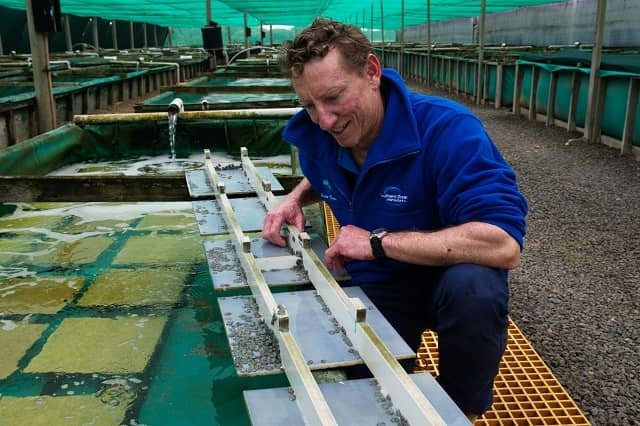
Solar Energy + Wave Energy
SOM has already invested in the largest solar system it could install without becoming a solar farm. Its 250-kilowatt system produces up to 200 kilowatts of solar energy per day. Over the year, this accounts for an average of about 18 percent of the company’s energy needs. The $500,000 system paid for itself in three years with the help of government grants and rebates.
However, SOM’s General Manager, Hamish Ebery, says the solar supply is highly variable. “There’s nothing at night, and energy generation is limited during the shorter days of winter and overcast weather. In winter, it might only provide eight to ten percent of the energy we need.
“But when you add wave energy to the mix, it provides a steady base load to work with, generating power all day and night,” says Hamish Ebery, SOM’s General Manager.
Stay Always Informed
Join our communities to instantly receive the most important news, reports, and analysis from the aquaculture industry.
Scalable Options
After modeling 18 different implementation and technology scenarios for ocean energy, SOM selected two preferred options based on its specific needs and geographical location.
The first option involves two 100 kW Azura wave energy converters combined with solar energy, grid power, and backup diesel supply. Each Azura unit would produce over 470,000 kWh annually, based on analyzed wave energy data.
This would provide SOM with approximately 70 percent emission-free energy in combination with its solar system and reduce greenhouse gas emissions by 55 percent.
A second recommended scenario, or phase two, includes expanding the initial setup to four 100 kW wave energy converters. The combined systems would provide 100 percent renewable energy and reduce the company’s emissions by up to 96 percent.
Based on the feasibility study results, Hamish says the company has signed a Memorandum of Understanding with Azura as its technology provider to implement the first scenario, featuring two 100 kW wave energy units, which could be scaled up at a later date.
Key Findings
- Emission Reductions: Integrating wave energy significantly reduced emissions. SOM’s reliance on grid electricity was minimized, positioning it to achieve net-zero emissions well before 2050.
- Operating Cost Savings: By reducing diesel dependence and avoiding extensive battery storage, the project delivered a more cost-effective energy solution.
- Reliability and Scalability: Wave energy smoothed energy production, balancing the intermittency of solar power. The microgrid design allowed for future expansion with additional wave energy devices.
- Environmental and Land Benefits: The hybrid microgrid eliminated the need for additional land-based solar installations, preserving the natural landscape.
Practical Applications
The project highlighted the potential of wave energy to transform energy use in aquaculture and beyond. The methodology serves as a model for other coastal operations to integrate renewable energy solutions tailored to their specific needs.
Hamish hopes that decarbonization will add value to the company’s product, Ocean Road Abalone, and create new marketing opportunities in sectors where low-emission production and supply chains have become a priority.
From a capital perspective, ocean energy won’t be cheap. Each wave unit currently costs about AUD 2 million (USD 1.24 million), with additional costs for equipment implementation and commissioning. Despite the cost, models show that the initial investment could pay for itself within about seven years.
Conclusion
The AquaGrid project underscores the importance of innovative and collaborative approaches to sustainable energy. The study concludes that integrating ocean energy, particularly wave energy, into microgrids is a viable and promising solution for decarbonizing the aquaculture industry, offering benefits in terms of emission reductions, supply reliability, operating costs, and sustainability.
Contact
Chris Lee
CEO, ClimateKIC
Bld. 10, 235 Jones Street, Ultimo, NSW 2007
+61 457 836 694
Email: chris.lee@climate-kic.org.au
Reference (open access)
Chris Lee and Stephanie Thornton. 2024. Integrated Wave Energy Microgrid Design: Final Report. Project Number: 2022 – 141. Fisheries and Research Development Corporation. Canberra, ACT 2600, December. 91 p.
Editor at the digital magazine AquaHoy. He holds a degree in Aquaculture Biology from the National University of Santa (UNS) and a Master’s degree in Science and Innovation Management from the Polytechnic University of Valencia, with postgraduate diplomas in Business Innovation and Innovation Management. He possesses extensive experience in the aquaculture and fisheries sector, having led the Fisheries Innovation Unit of the National Program for Innovation in Fisheries and Aquaculture (PNIPA). He has served as a senior consultant in technology watch, an innovation project formulator and advisor, and a lecturer at UNS. He is a member of the Peruvian College of Biologists and was recognized by the World Aquaculture Society (WAS) in 2016 for his contribution to aquaculture.
